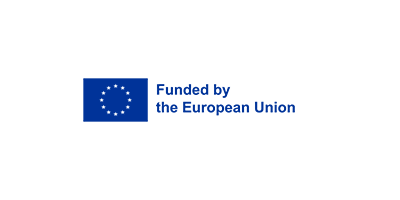VALORISH
Green VALORisation cascade approach of fISH waste and by-products

The primary goal of the VALORISH project is to optimize fish side streams into high-value products for food, nutraceuticals, and supplements. The project aims to develop and scale up a computationally assisted cascade by valorization approach for side streams and by-products from the fishing industry, transforming these resources into high-value products.
Start
01. May 2024
End
31. Oct 2027
Funded by
Horizon Europe
Cooperation
Idener R&D, Spain, Anfaco-Cecopesca, Spain, Blue Synergiy, Spain, Biotrend, Portugal, Rina Consulting, Italy, Sintef, Norway, Pescanova Espana S.L.U., Spain and Kneia, Spain.
Project Manager(s):
Background
Annually, over 90 million tons of fish and shellfish are caught globally. After capture, fish undergo processing to main products, which often results in large quantities of side-stream products, such as heads, bones, guts, and shells.
These by-products represent between 30 and 70 per cent of the whole fish and provide a good source of macro- and micronutrients. Yet, they often go underutilised and end up as waste resulting in an important environmental footprint and economic inefficiency. In this context, finding sustainable valorisation routes for this biomass is a key path for real circular bioeconomy sustainability.
Goal
The sustainable valorisation of by-products and side streams in the fishing industry into food and nutraceutical products is key for achieving a circular economy in the fishing industry.
VALORISH, by developing new products using residues from the fishing industry, will enhance the sustainability of natural resource management. In addition, reducing the application of low-value management routes (e.g., silage, compost or biogas production) or direct disposal of waste and by-products from the fishing industry is aligned with the Waste Framework Directive and the EU Bioeconomy Strategy.
How we work
Nofima is responsible for conducting chemical and sensorial analysis of the products produced in the project, utilizing our state-of-the-art accredited laboratory facilities, Biolab in Bergen, and our highly trained sensory panel at Ås.
Additionally, we are involved in the valorization of fish bone collagen and fish oil extraction techniques.
Facilities used in the project
